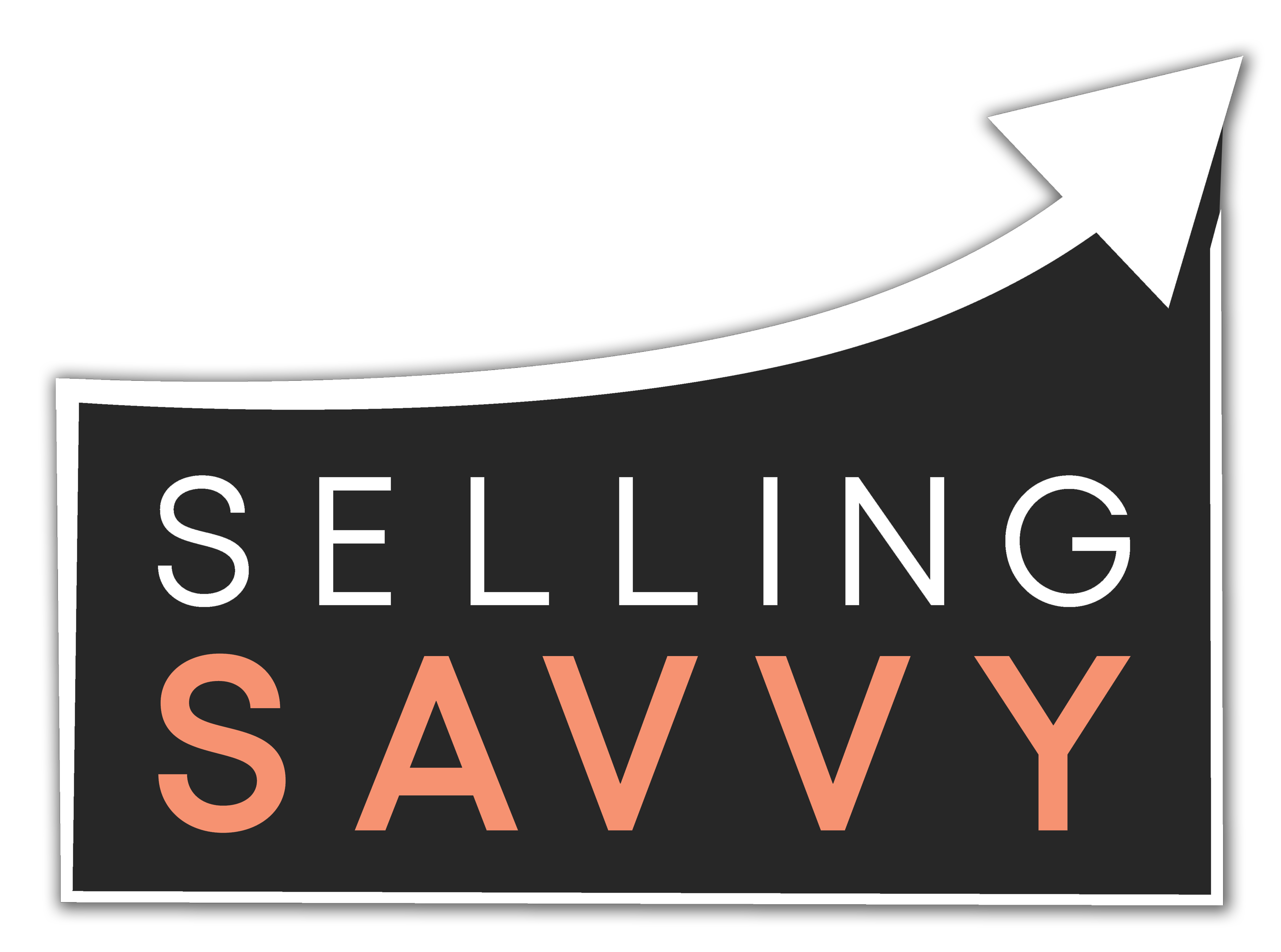Writing a Sales Strategy
A goal without a plan is just a wish.
I love a good quote – always have, always will. A few years back as a newly appointed head of department, I was asked to prepare and present the strategy for my team. I started and ended on this one by Antoine de St Exupéry. I still very much stand by it, despite the teasing I received on the day… what can I say aim to enlighten the world, one cheesy quote at a time.
Very often in life as in business, we have goals – short or longer terms, specific or generic. But what happens to these goals when we don’t have purpose and direction or the simplest idea of how to get there?
This is where we need a strategy.
Now, we can all agree that the word has become widely overused and we seem to have a “strategic approach” to everything… If you’re like me, you’ll think of a master plan for every task in your life, from figuring out the best way to do the weekly food shop to how to queue to get the best seat on a plane…
But back to the hot topic. Why do we need a sales strategy? Quite simply because in any business the team needs clear direction and vision to ensure all are working towards the same goal(s). A strategy should deliver the steps to reach this vision and allow team members to stay focused throughout the process. A strategy will ensure we are holding ourselves accountable.
If you don’t know where to start, fear not, we got our savvy sales heads together and came up with 5 simple steps to create your winning sales strategy:
WRITING A SALES STRATEGY STEP NUMBER 1:
Know who you are to create a compelling message. It seems obvious but have you really taken the time to figure out where you sit in the market and what problems you are solving? Who is your ideal client and how do you serve them? What do you have that others don’t? Who are your competitors, what do they do well and what don’t they cover that might be a good niche to look into? A good way of looking at that is by doing a SWOT analysis of your competitors and of your own business – head over to the Selling Savvy resources page to download a free template.
WRITING A SALES STRATEGY STEP NUMBER 2:
Set clear goals and targets and make sure your objectives are, you know it… but a little reminder doesn’t hurt … SMART. Specific (what will you do), Measurable (how will you evaluate success), Achievable (possible to accomplish taking into consideration all factors from resources to market conditions) Relevant (make sense to your business), Time-Bound (when will you get it done)
WRITING A SALES STRATEGY STEP NUMBER 3:
In all likelihood, at least one of your targets will be financial. We’re in the business of making money after all. Make sure that your numbers add up, that your pricing matrix is right and that you have mastered the fine balance between competitive prices and healthy margins.
WRITING A SALES STRATEGY STEP NUMBER 4:
Choose your method. What will you do to make the magic happen? Consistently use best practices and make sure you are prepared to adjust and adapt. Some elements of your strategy will inevitably be dynamic because things change. Also, make sure you allocate the tasks to your team effectively maximising the use of skills and/or interests they have. Track progress regularly against the objectives you have agreed to. Remember that the reasons behind your actions should always remain the focus.
WRITING A SALES STRATEGY STEP NUMBER 5:
Be bold and creative. Take chances and try new things to ensure your company stands out from the crowd. By staying open-minded and making room for innovation, you will create a culture that is engaging for both your customers and team members.
Are you with me so far? We are almost done but of course, it doesn’t stop there. Once written, you need to make sure that you communicate and implement your strategy with conviction, getting commitment from all those involved. I’ll leave that to you.
Bear in mind that having a plan does not mean that everything will work out in real life exactly as set out on paper – I think we’ve established that by now. Make notes of what worked and what didn’t. react, learn and move on. Regularly ask yourself: are we still on track? And make the necessary adjustments.
You’ve got this!




